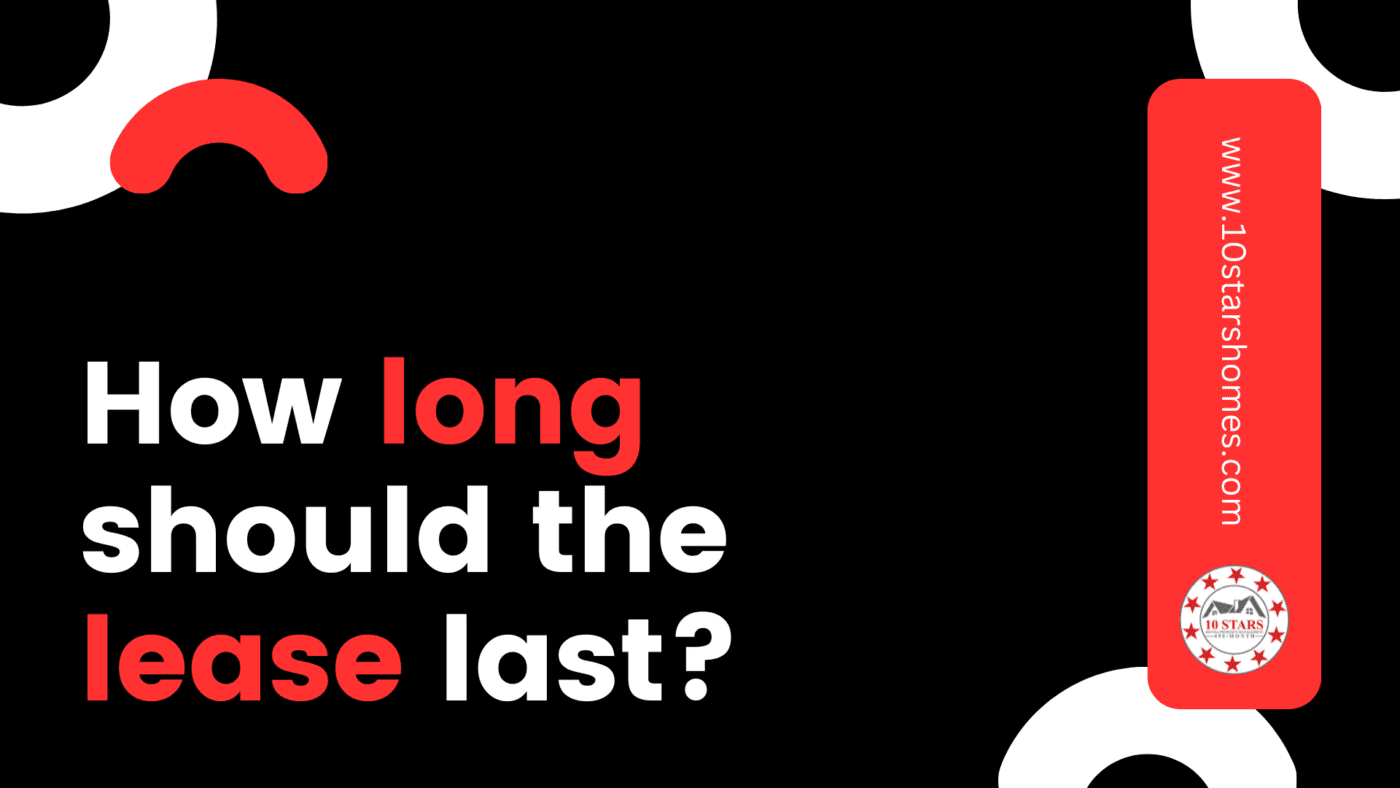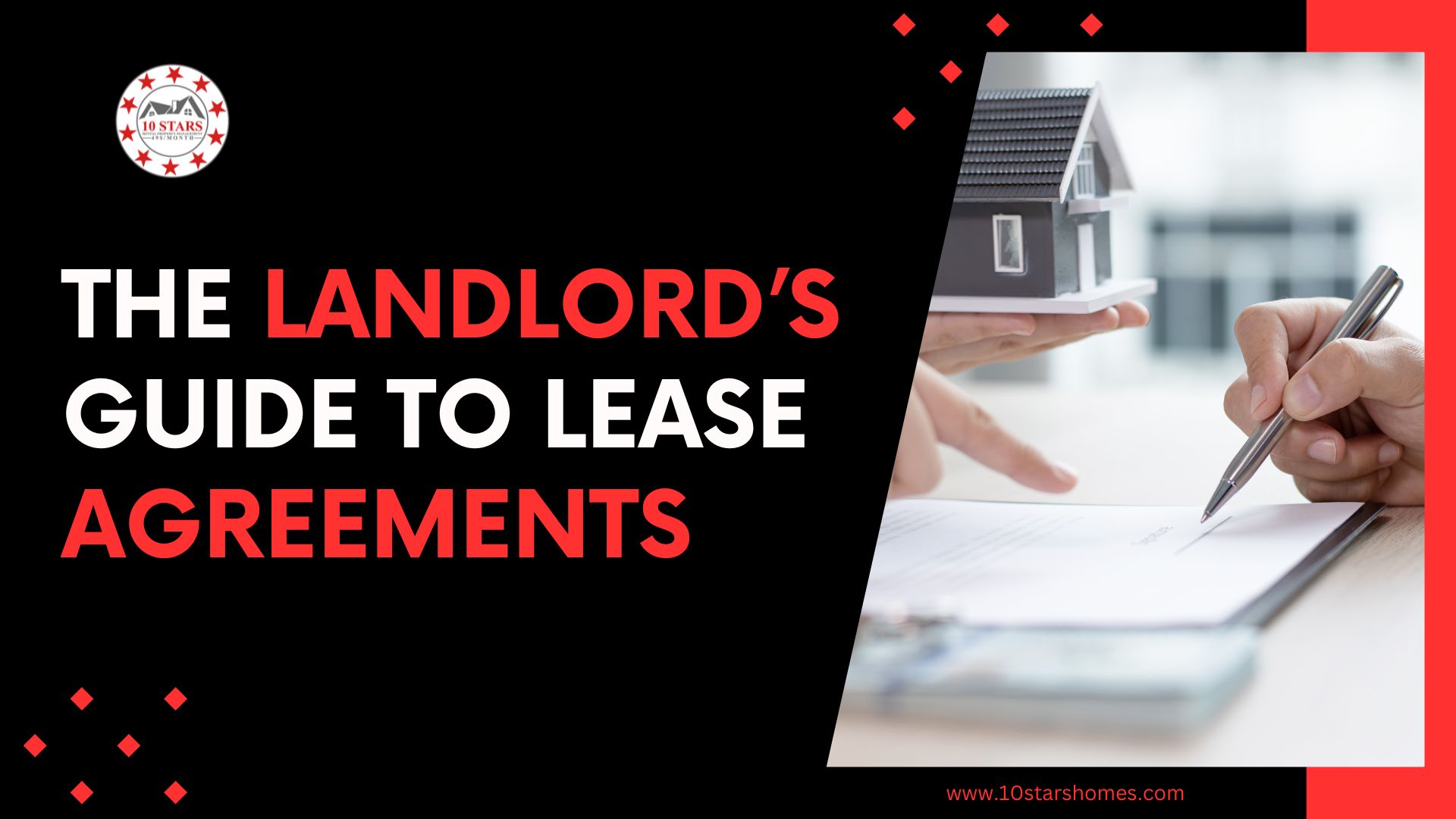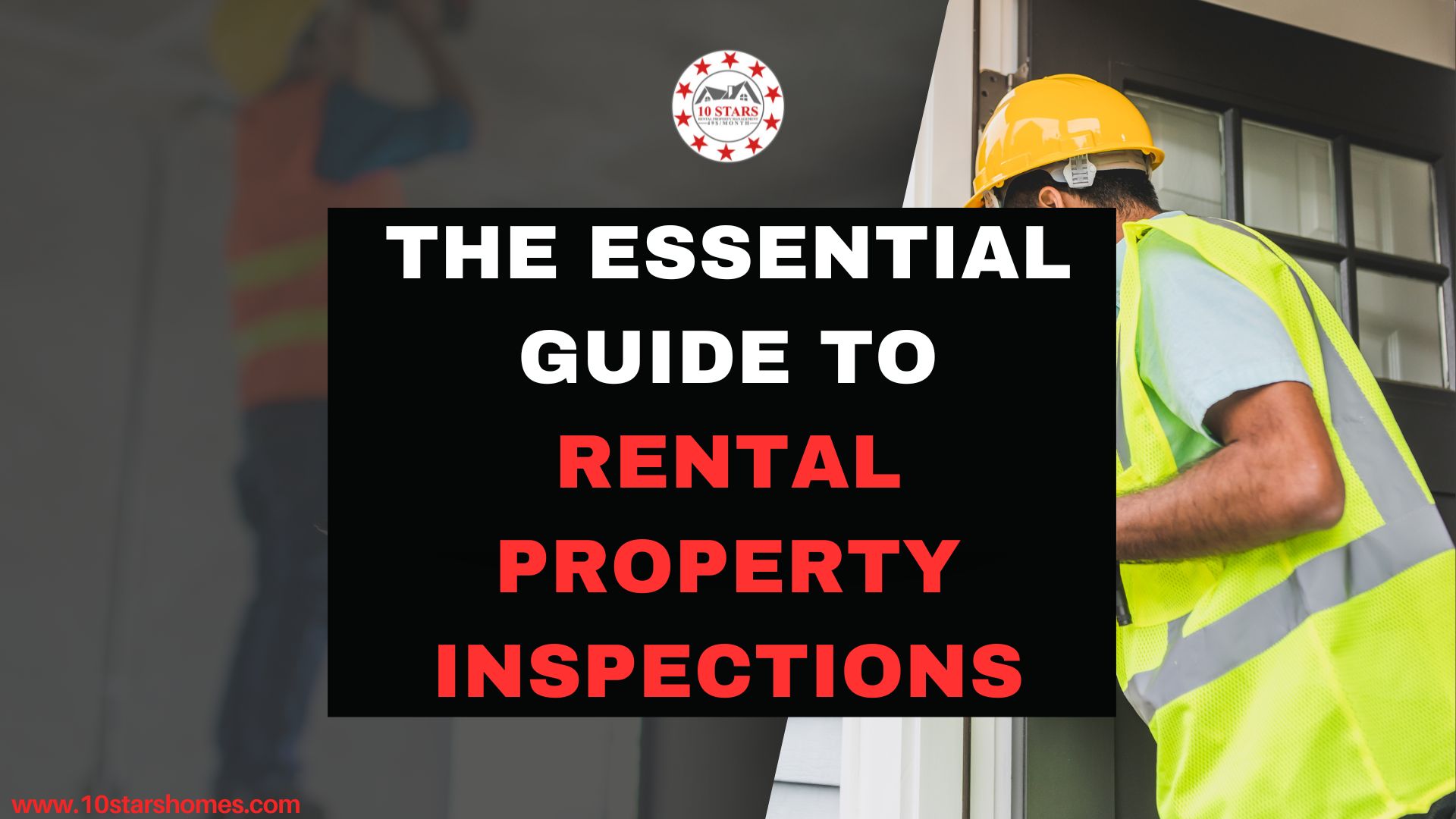When it comes to renting property, one of the biggest decisions landlords and tenants must make is how long the lease should be. A lease is a legal agreement that outlines the terms and conditions of the rental arrangement between a landlord and a tenant. In this blog post, we’ll discuss the factors that can influence the length of a lease and explore the pros and cons of short-term and long-term leases.
Factors that Influence Lease Length
-
Market Conditions: One of the most significant factors that can affect the length of a lease is the state of the rental market. In a competitive rental market where demand is high, landlords may prefer to offer shorter lease terms to enable them to adjust their rental rates more frequently in response to market conditions. In contrast, in a less competitive market, landlords may opt for longer lease terms to provide more stability and guarantee a more consistent income stream.
-
Tenant’s Circumstances: The tenant’s circumstances can also influence lease length. For instance, if the tenant is looking for a temporary solution or isn’t sure how long they’ll be in the area, they may prefer a short-term lease. On the other hand, if the tenant is looking for a more permanent solution or wants to establish a long-term rental history, they may opt for a longer lease.
-
Landlord’s Goals: The landlord’s goals and objectives can also play a role in determining the length of a lease. Some landlords prefer shorter leases so they can have more flexibility in adjusting rental rates and responding to market conditions. Other landlords may prefer longer leases to provide more stability and reduce the risk of vacancies.
Pros and Cons of Short-Term Leases
Short-term leases are usually defined as leases that last for less than a year, typically 6 months or less. Here are some of the pros and cons of short-term leases:
Pros:
-
Flexibility: Short-term leases provide tenants with more flexibility to move around if their circumstances change or if they need to relocate for work or personal reasons.
-
Rent Adjustment: With short-term leases, landlords can adjust their rental rates more frequently in response to market conditions, which can be beneficial in a rapidly changing rental market.
-
Reduced Risk: Short-term leases can reduce the risk of tenants defaulting on rent payments or damaging the property since the tenant is only committed to the lease for a short period.
Cons:
-
Higher Turnover: Short-term leases can result in higher tenant turnover, which can be expensive for landlords due to the cost of finding new tenants and the potential loss of income during vacancies.
-
Administrative Costs: With more frequent tenant turnover, landlords may incur higher administrative costs such as advertising the property, screening tenants, and preparing new lease agreements.
-
Instability: Short-term leases can be less stable for tenants since they may need to move more frequently, which can be disruptive and expensive.
Pros and Cons of Long-Term Leases
Long-term leases are typically defined as leases that last for one year or more. Here are some of the pros and cons of long-term leases:
Pros:
-
Stability: Long-term leases provide tenants with more stability, allowing them to settle in and make the property their home.
-
Reduced Turnover: Long-term leases can result in reduced tenant turnover, which can be beneficial for landlords since it reduces the administrative costs associated with finding new tenants.
-
Consistent Income: With longer leases, landlords have a guaranteed income stream for a longer period, which can help them plan and manage their finances more effectively.
Cons:
-
Limited Flexibility: Long-term leases provide less flexibility for tenants since they are committed to the lease for a longer period, which can be problematic if their circumstances change or if they need to relocate.
-
Rent Adjustments: With longer leases, landlords may not be able to adjust their rental rates as frequently in response to market conditions.
-
Higher Risk: Long-term leases can increase the risk of tenants defaulting on rent payments or damaging the property since the tenant is committed to the lease for a longer period.
Conclusion
Determining the length of a lease is a critical decision for both landlords and tenants. While short-term leases provide more flexibility, they can result in higher tenant turnover and administrative costs. Long-term leases, on the other hand, provide more stability and consistent income, but can limit tenant flexibility and increase the risk of default. Ultimately, the ideal lease length will depend on the unique circumstances of the landlord and tenant, as well as the state of the rental market. It’s essential to weigh the pros and cons of each option carefully before making a final decision.





